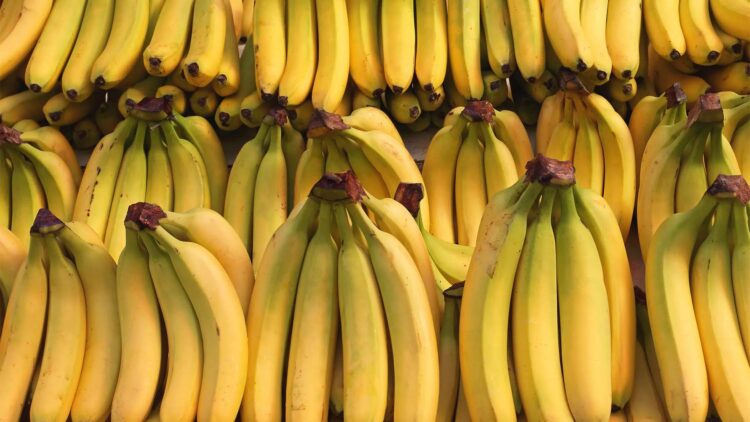One of the easiest foods to love is bananas because they’re sweet, easy to eat, and packed with fiber, potassium, vitamin C, and vitamin B6. However, a common curious question is if bananas can cause blood sugar spikes. The true response is more complicated than “yes” or “no.” It depends on how ripe the banana is, how much you eat, and what you eat it with.
Once you know how they can affect your blood sugar levels, you can better enjoy bananas as part of a healthy diet, support your metabolism, and even improve your cardiovascular health instead of damage it.
What happens in your body when you eat a banana
When you eat a banana, the glucose that is produced when your body breaks down carbs goes into your bloodstream. This is how your body gets its energy from glucose. How quickly and to how much that glucose rises is what counts. Experts use two methods to measure this:
-
Glycemic index: how fast blood sugar is raised by a food.
-
Glycemic load: how much it increases blood sugar depending on portion size and speed.
A medium-ripe banana has a glycemic load around 13 (medium) and a glycemic index of about 51 (low). This indicates that even though it does raise blood sugar, it does it differently than soda or candy. Especially if you eat it by itself on an empty stomach, you’ll notice a slight rise.
Everything changes depending on how ripe it is though. The starch in a greener banana is more resistant. Because this kind of starch digests more slowly, glucose enters your bloodstream more gradually, which is good for people monitoring their energy levels or diabetes. That resistant starch is converted to sugars (including glucose) when the banana ripens, which speeds up digestion and raises blood sugar levels more quickly.
Quick way to remember:
-
Green or slightly underripe: slower impact.
-
Yellow: moderate impact.
-
Very spotty and brown: faster impact.
When you put bananas on the fridge, the ripen more slowly and keep more resistant starch. However, even for diabetics, bananas are not “bad” or banned. When they are consumed in an appropriate way, their fiber, potassium, vitamin C, vitamin B6, and antioxidants can promote digestion, metabolism, and heart health.
How to get the best out of bananas
- Choose the right ripeness: Choose bananas that are just turning yellow or slightly green for a healthier effect on blood sugar. Compared to very ripe ones, they have a lower practical glycemic index and more resistant starch.
- Mix your banana with other foods: Eating a banana with fiber, protein, or healthy fats slows down digestion, allowing glucose to enter your bloodstream more slowly. You can try: bananas with Greek yogurt, banana with peanut butter or nuts, or sliced over oatmeal.
- Watch your portion size: A big banana has a higher glycemic load than a small one. Try sharing a banana rather than eating it whole, or putting half of one in a smoothie if you have diabetes or are sugar sensitive. Also, pick smaller bananas if you can. You will still get potassium, fiber, and vitamin B6, but withh less blood sugar spikes.
- Use timing to your benefit: Your muscles are prepared to use glucose as fuel before or after exercise. At that moment, a banana can be a very wise, high-energy snack.
It’s all about balance
Bababas are not an enemy, they couldn’t be if they are the most eating fruit in the whole world. It can help with metabolism, cardiovascular health, and consistent energy because of the fiber, potassium, vitamin C, vitamin B6 that’s inside of it (and occasionally resistant starch).
Instead of being afraid of the fruit, you can use the knowledge of the glycemic index, glycemic load, and glucose for your benefit, and enjoy them to the fullest.

